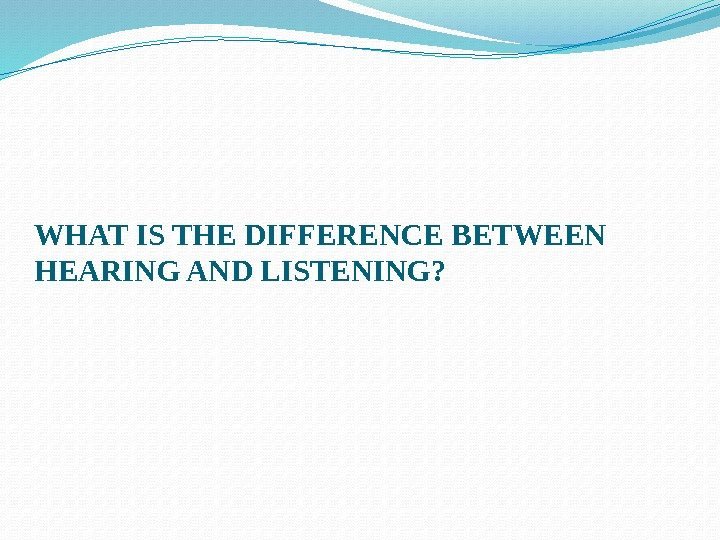
Finally we may progress to no text at all, just listening. Then we can proceed to texts with gaps to be filled. Then we may let them listen again checking with their text.

We may use any “Fill in the blanks” exercises or even distribute printouts (or screenshots if we are working online) with the whole text and work through it with them. If they understand nothing, my work is clear. The next steps will depend on what I see.

Whatever the age and level of my audience may be, I always start a listening exercise by allowing them to listen first without my help. For instance “baton” means “a loaf of bread” in Russian. Occasionally they may confuse a similar-sounding word with the one in their native language. My then three-year-old replied absently, “Yes, she says “Come up and see me sometime!” My young students would repeat whole sentences – and then ask me the meanings of the words they did not know yet. Once when they were watching a short cartoon for a zillionth time, I remarked good-naturedly on the mouse squeaking something unintelligible. It is important to remember that the younger our students are the better they can hear it does not mean that they necessarily understand everything. We can run it many times as needed, change volume, pause. Using any kind of recording including our own ones during a lesson helps us to save our own energy. I cannot even count how many times we watched a short video of a Florida alligator climbing over a fence! If the existing commentary is too complicated, I again make my own voiceover, speaking slower, enunciating every word. Music, video clips, human interest stories, amazing animals are very good aids. Teenagers and adults enjoy those videos too. Soft toys of various animals help with such topics as Pets, Nature, and sounds themselves. I do my own voiceover, speaking in two squeaky voices, one really high, one rather lower: “I am Minnie – I am Mickey”. Food, toys, household items, books, gadgets always go well. For instance I place my two helpers, toy Mickey and Minnie Mouse, and position whatever I need for any current topic un the middle, between them. Later on they will have no problems connecting images with the required vocabulary. Why do I create such short clips? First, we should always remember that kids have a short attention span two, if they like it, they will watch it on a loop many times, automatically absorbing new words, constructions. This simple trick made them listen and concentrate, they were very goal-oriented.

For older children, I introduced a modification into my video: first I said the same words in Russian, then in English, and then I asked them to raise their hands when they heard either language. Some of them have never seen a fountain others have never seen such a large inflatable slide. Young children watched it 20 times on a loop they were ready to watch 100 or 1000 times.

How? For instance, I made a three-second video (yes, that’s 3 seconds) saying loudly and distinctly: “This is a fountain. I began to create very short videos which I share with students of any age. Here is an incomplete list of the exercises I have been using during the pandemic which produced good results both at in class and online lessons. We can help them cope with any problems using several techniques. Teachers are not medics we cannot diagnose our students’ physical ability to hear. In other words, they listen, hear and repeat individual words and sentences well but get lost when they are confronted with a continuous lengthier utterance. In terms of studying a new language and identifying new sounds, this may mean that while our students can hear perfectly well, they may lose the thread or even not understand a dialogue or monologue. Compared to 100% a 2% difference may not seem too big, but it is definitely not negligible. Some people hear better than others lots of humans have the capacity to hear at 98%. The former is what we acquire while learning a language the latter depends on the inborn abilities. Listening and hearing are two different skills.


 0 kommentar(er)
0 kommentar(er)
